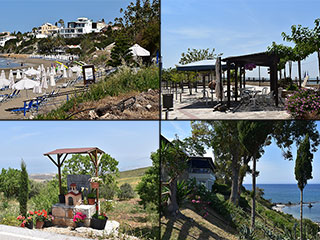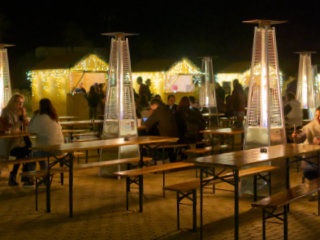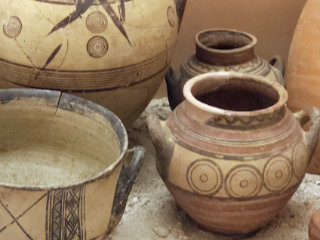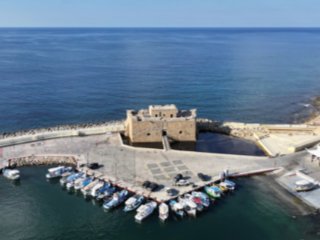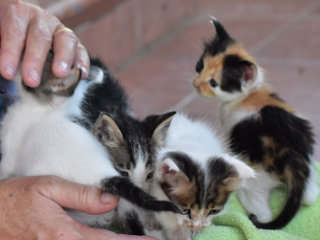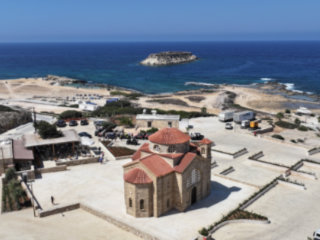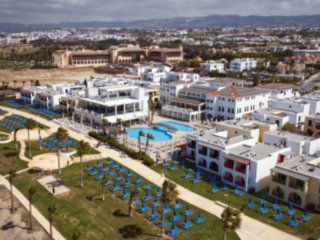Aetofolies Gorge
Green and Pleasant Land
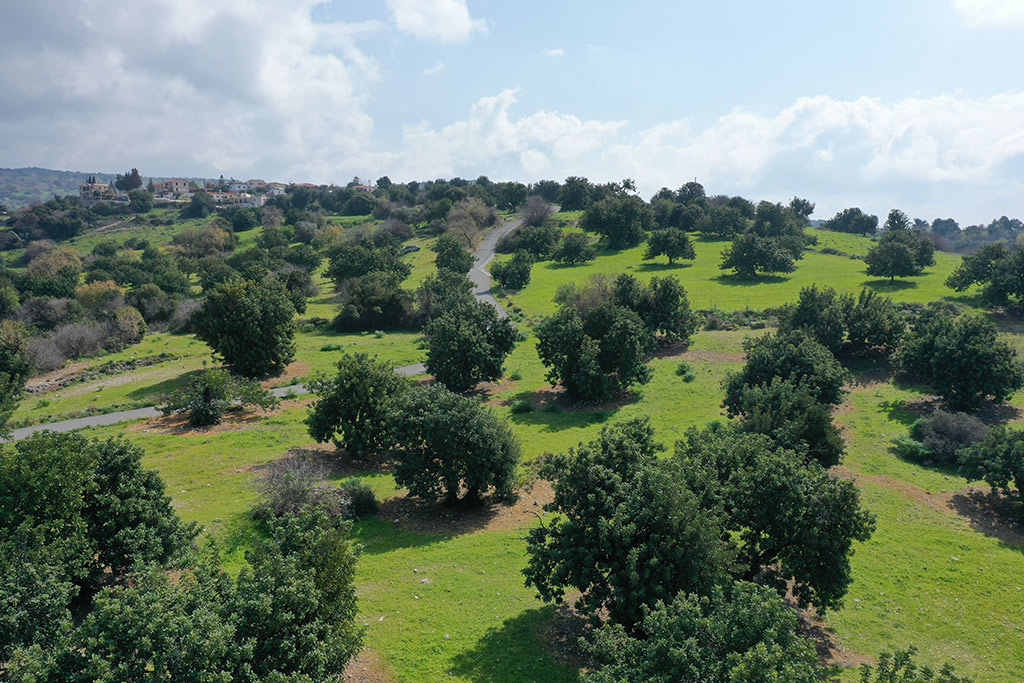
Fauna
The fauna of the gorge includes important species, some of which are endemic whle others are quite rare and endangered. The geology and the vegetation mosaic of the gorge are the most important factors for the fauna of the area. The cave complex comprises an important habitat for the fruit-bat (Rousettus aegyptiacus), for which Cyprus is the only country in the European Union where the species is found. The cliffs of the gorge comprise a nesting site for the impressive long legged buzzard (Buteo rufinus), one of the largest birds of prey in Cyprus, as well as other species such as kestrel (Falco tinnunculus), barn owl (Tyto alba), little owl (Athene noctua) and the endemics Cyprus wheatear (Oenanthe cypriaca), Cyprus warbler (Sylvia melanothorax) and scops owl (Otus cyprius). The fox (Vulpes vulpes) and the hedgehog (Hemiechinus auritus dorotheae) are the typical terrestrial mammals. From the reptiles we can see the large whip snake (Dolichophis jugularis), the cat snake (Telescopus fallax), the coin snake (Hemorrhois nummifer) as well as lizards such as the starred agama (Stellagama stellio cypriaca) and the Schneider's skink (Eumeces shcreideri). Insects have in general an important role for the ecological balance of the gorge. A noteworthy beetle of the wider area is the protected, endemic Propomacrus cypriacus, which lives in large, hollow-trees such as oaks and carobs.
Further Adventure Awaits...
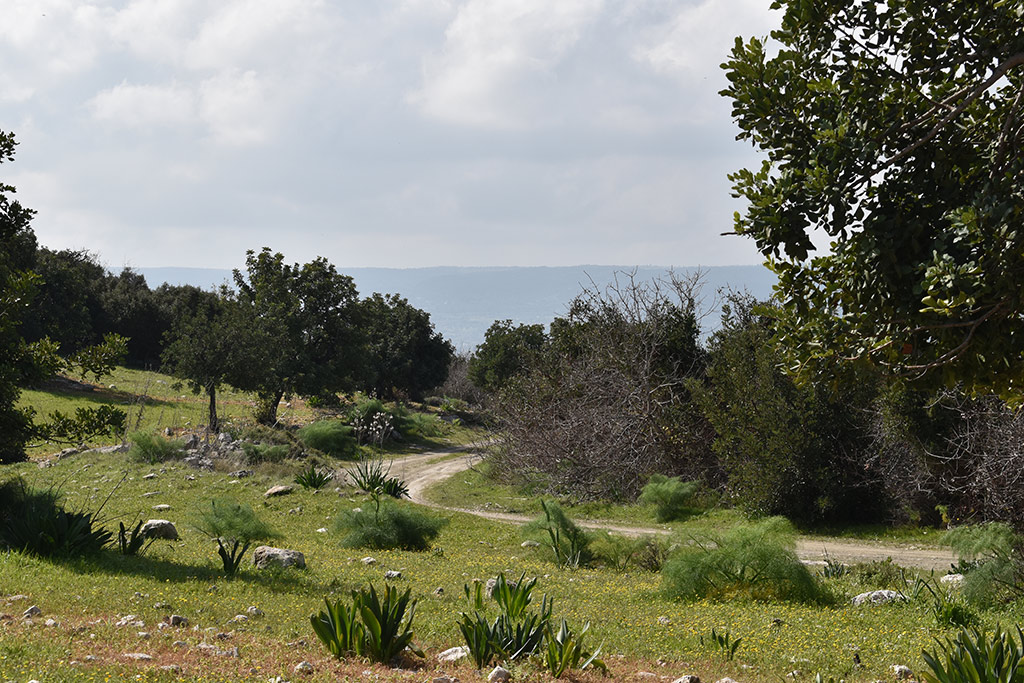
The road turns into a track. From memory, you can get back to the main road that way, though it gets a bit bumpy.
Spring Flowers
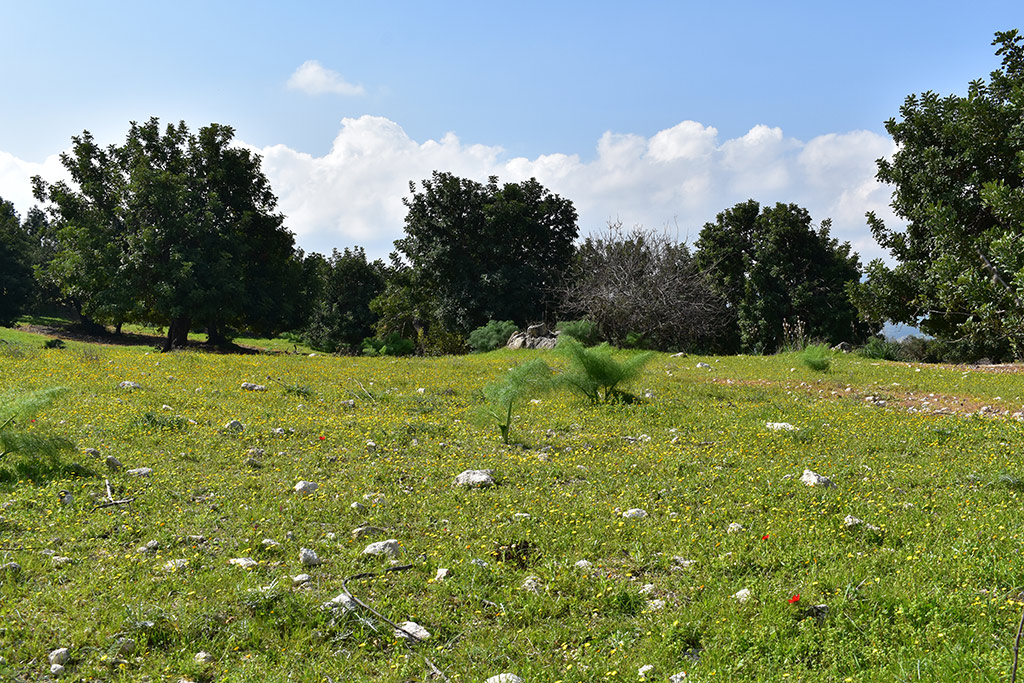
There was one more bit on the sign:
Protection Status
The gorge, due to its importance for the avifauna, is part of the Natura 2000 site "Sarama Valley Special Protection Area".
Spring Anemone
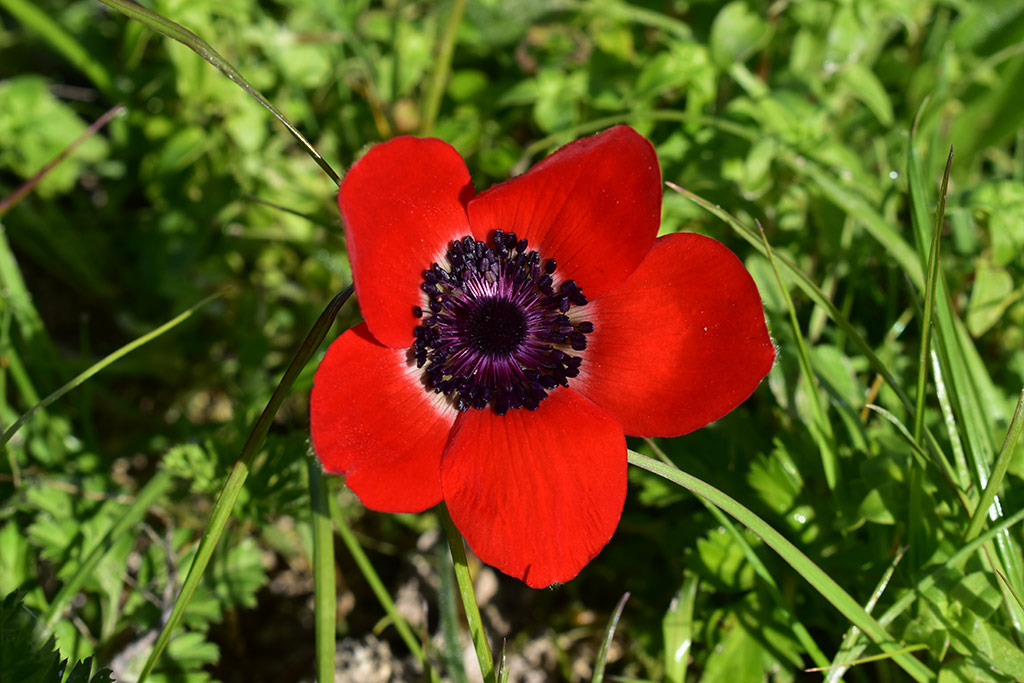
In the previous picture you can see an occasional splodge of red. This is one of the splodges in close-up.
Wild Broccoli
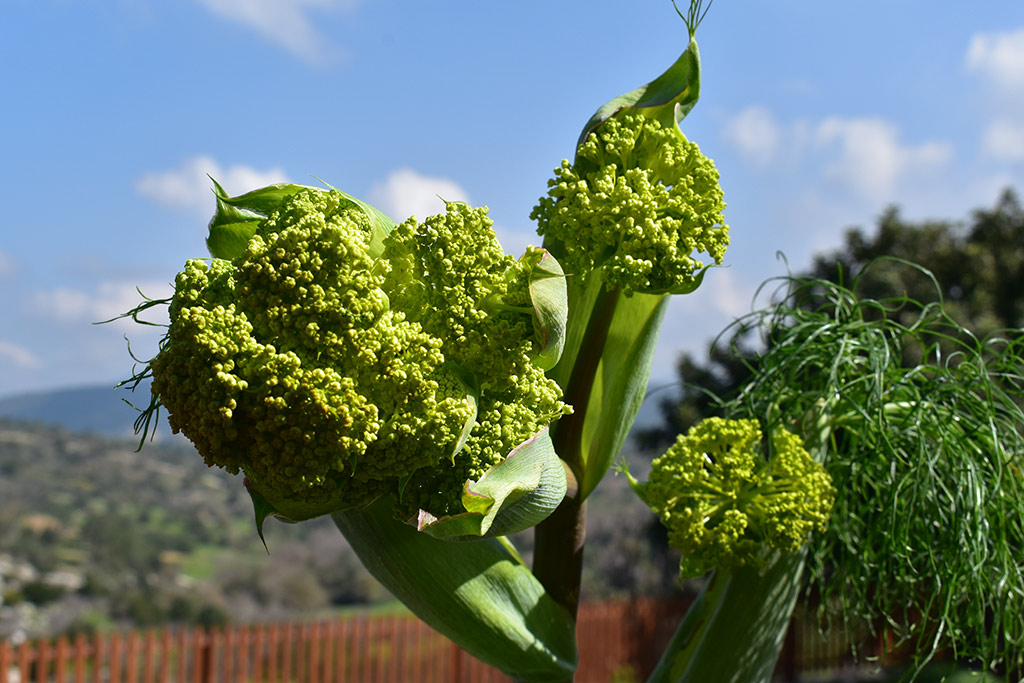
Ok, so it isn't actually wild broccoli. There is a good reason why this isn't wild broccoli as well. It turns out that there is no such thing as wild broccoli. This link has a tale to tell:
Why you can't find wild broccoli
What do broccoli, cabbage, Brussels sprouts, kale, cauliflower, kohlrabi, and mustard greens all have in common?
They’re all closely related to each other — and we made all of them from the same original plant.
All of these different vegetables derive from a single plant, native to the Mediterranean, with the scientific name Brassica oleracea italica. This plant, commonly known as “wild cabbage”, was first discovered and consumed more than two thousand years ago by the ancient Etruscans, a group of people living in Italy who eventually launched the Roman Empire.
The Etruscans were skilled plant breeders. They prized the wild cabbage plant for its hardiness and tolerance of salt, but the plant produced only small flowering buds, and it only produced these buds once every two years. The Etruscans selectively bred these plants, creating offspring that produced buds more often and grew larger leaves, providing more bulk to eat.
Wild cabbage. Those flower buds will, after many years of selective breeding, become broccoli (or Brussels sprouts, or cauliflower). Crazy how nature do that. Picture from Wikipedia Commons.
The oldest domesticated vegetable from this plant was kale, which had larger leaves and started appearing around 500 B.C.E.
Further selection led to kale plants with a tighter bunch of leaves around a central bud — cabbage — around 100 C.E.
Europeans continued breeding this plant, but preferred the taste of the immature buds, rather than fully grown leaves. This led to selection for plants that grew a large crown of small, immature buds — cauliflower and broccoli.
Finally, continued breeding in Belgium pushed for more buds spread out on a large stalk — Brussels sprouts.
Page 3 of 7


Related Blogs:
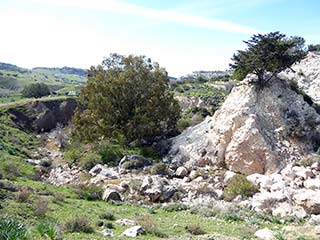
Spring is in The Air!
Yesterday we took a walk out across the Akamas, above Avakas Gorge (which deserves a blog article of its own). Spring was definitely in the air, and the flowers were blooming. We took a few shots to share.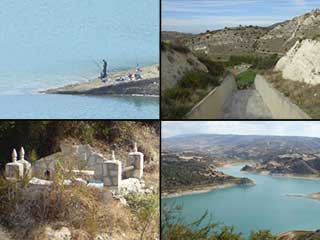
Evretou Dam
Ever since we explored the abandoned villages of Evretou and Trimithousa, we have been meaning to return and have a look at the rest of the reservoir. A chance wrong turn gave us just the opportunity we needed, so off we went. It took us a few visits to get the full picture of the reservoir, but we saw some lovely scenery along the way...Good Pages To Visit
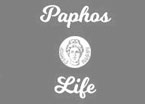
FB PagePaphos Life on Facebook
Like us on Facebook and stay notified of new blog posts.

FB PageOur Facebook Chat Group
Paphos Chat has been created for people who like our site and want to chat using Facebook. You can also easily upload photos of any size here. A lot of people are members of the Facebook chat group and the main forum. It's entirely up to you.
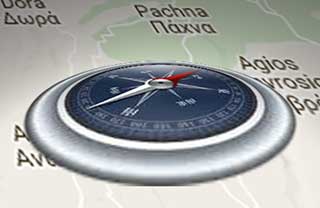
ListBlog Locations
Planning a day out? Then use our map of blog locations as a handy guide. Some of the places we visit our closer to each other than you might think, so take a look and start planning your next adventure...
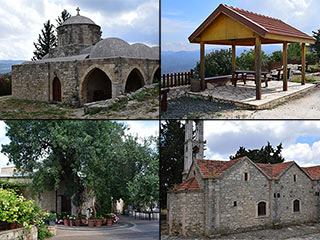
eBookCyprus Road Trip 01: the Kathikas - Panagia Loop
Let me take you on a journey around the region of Paphos, Cyprus. Starting at Paphos itself, we travel to Akoursos, then Kathikas, Kritou Terra and Simou. We continue past Lasa and Kannaviou, before taking in the delights of Panagia. Getting a bit more adventurous, we visit the abandoned villages of Statos and Agios Fotios, before passing through Choulou, Letymbou and Polemi, and rejoining the main Paphos - Polis road.
The route is suitable for all types of vehicle, and requires no off-roading. The guide contains about 130 photographs including shots of all the road signs you need to pay attention to, as well as some of the highlights you may experience along the way.
There are also several maps which will help you keep your bearings.
You can do this journey in a day, or you can break it up into chunks. You can also do it in reverse, to get some completely different views. It is entirely up to you.
